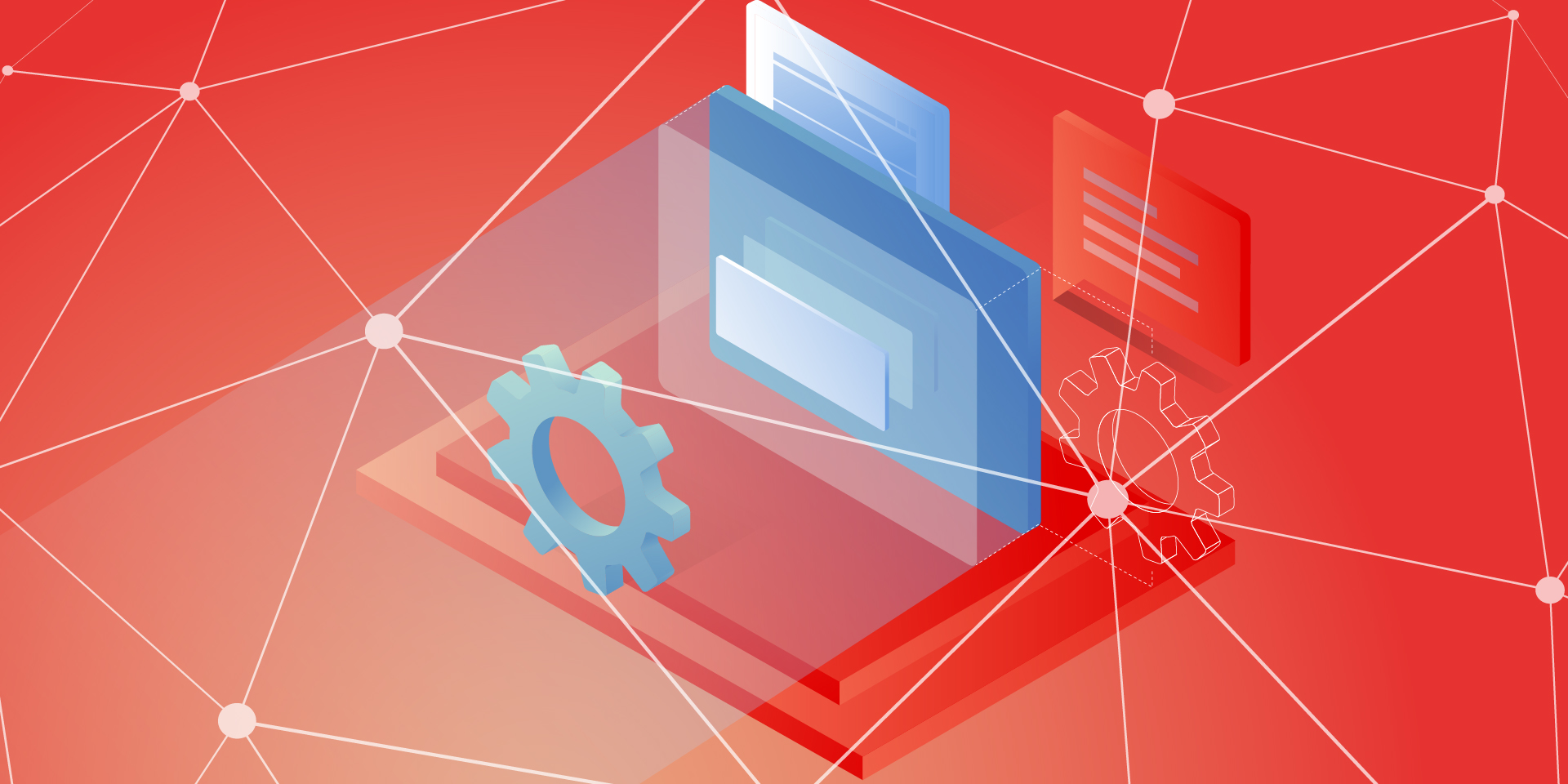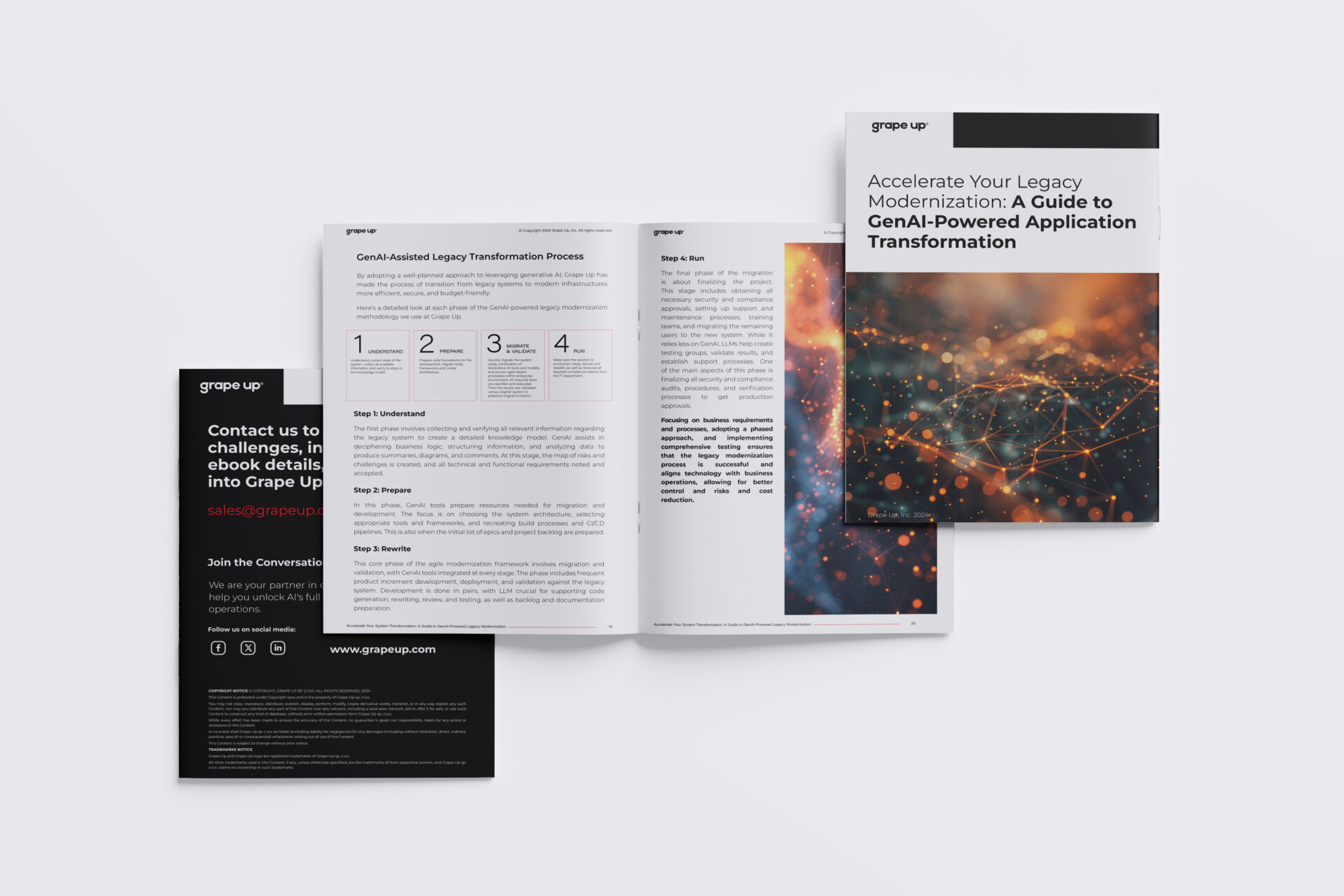
Legacy transformation services powered by AI-driven G.Tx Platform, to achieve
faster and cost-effective transition to modern technological environments
Scale your legacy modernization 5x faster without business disruption
Accelerate enterprise legacy transformation
G.Tx Platform delivers 70% automated code generation
Transform with financial confidence
AI-driven G.Tx Feasibility Analysis helps to map your entire modernization journey – including accurate costs and deadlines
Minimize transformation risks
end-to-end
G.Tx ensures 100% logic preservation, automated testing, and validated deployment strategies
Shorten time to market
G.Tx accelerates modernization of your product enabling to deliver new features to production at the speed of market changes
Accelerate enterprise legacy transformation
G.Tx Platform delivers 70% automated code generation
Minimize transformation risks
end-to-end
G.Tx ensures 100% logic preservation, automated testing, and validated deployment strategies
Transform with financial confidence
AI-driven G.Tx Feasibility Analysis helps to map your entire modernization journey – including accurate costs and deadlines
Shorten time to market
G.Tx accelerates modernization of your product enabling to deliver new features to production at the speed of market changes
G.Tx Modernization Service: Where AI-driven automation meets strategic consulting to transform your enterprise systems.
Our proven G.Tx Modernization methodology delivers comprehensive legacy modernization through integrated consulting and implementation services.

G.Tx Feasibility Analysis: Strategic foundation for modernization
Our experts leverage G.Tx Feasibility Analysis to comprehensively assess your current system, evaluate modernization potential, and design a strategic roadmap for transformation.
Translating business objectives into specific technology choices
We bridge business requirements with technical architecture, delivering optimal technology selection and implementation plans.
Avoiding unpredictable modernization attempts
Our feasibility analysis provides accurate cost and timeline estimates through automated code analysis, ensuring predictable modernization with transparent progress and guaranteed logic preservation.
Clear picture of required investment
G.Tx Feasibility Analysis delivers fact-based implementation plans and accurate budget estimation, providing clear investment requirements and reliable project forecasting.
Modernization that meets your business goals
We craft a solid modernization plan aligned with your business needs and technical challenges to deliver maximum value from your modernization investment.
G.Tx Platform: Purpose-built for enterprise modernization
G.Tx Platform redefines enterprise legacy modernization leveraging advanced AI-agentic workflows that automate most modernization processes by up to 5x.
Handles massive scale with unlimited complexity
Generates up to 70% code automatically
Requires less manual effort
Delivers most up-to-date product requirements
Maintains complete logic preservation
Assures full business continuity
G.Tx Modernization Process: From assessment to production rollout
Start small, scale fast – our phased approach validates modernization feasibility quickly, then accelerates to full enterprise transformation with business continuity unimpacted.


Unlocking Performance and Scalability in Airline Software Through Legacy Modernization
Airline Software

Recovering Critical Knowledge from a Legacy System Through Reverse Engineering and Modernization
Car Rental

Transformation of a Core Mission-Critical Legacy Product
Computer Software

Modernizing Large Order Management Platform to Ensure Regulatory Compliance
Finance

Modernizing Legacy Architecture Drove a Substantial 82% Reduction in Operational Expenses
Automotive

DevOps Enablement and Legacy Modernization
Manufacturing



